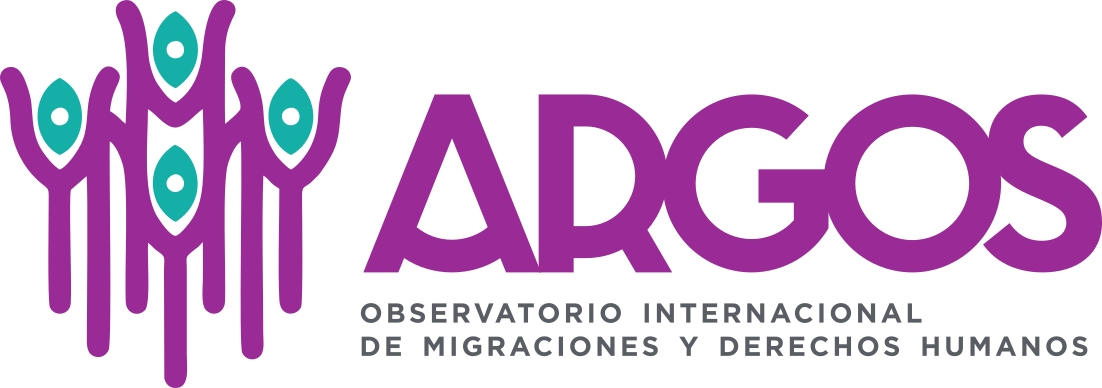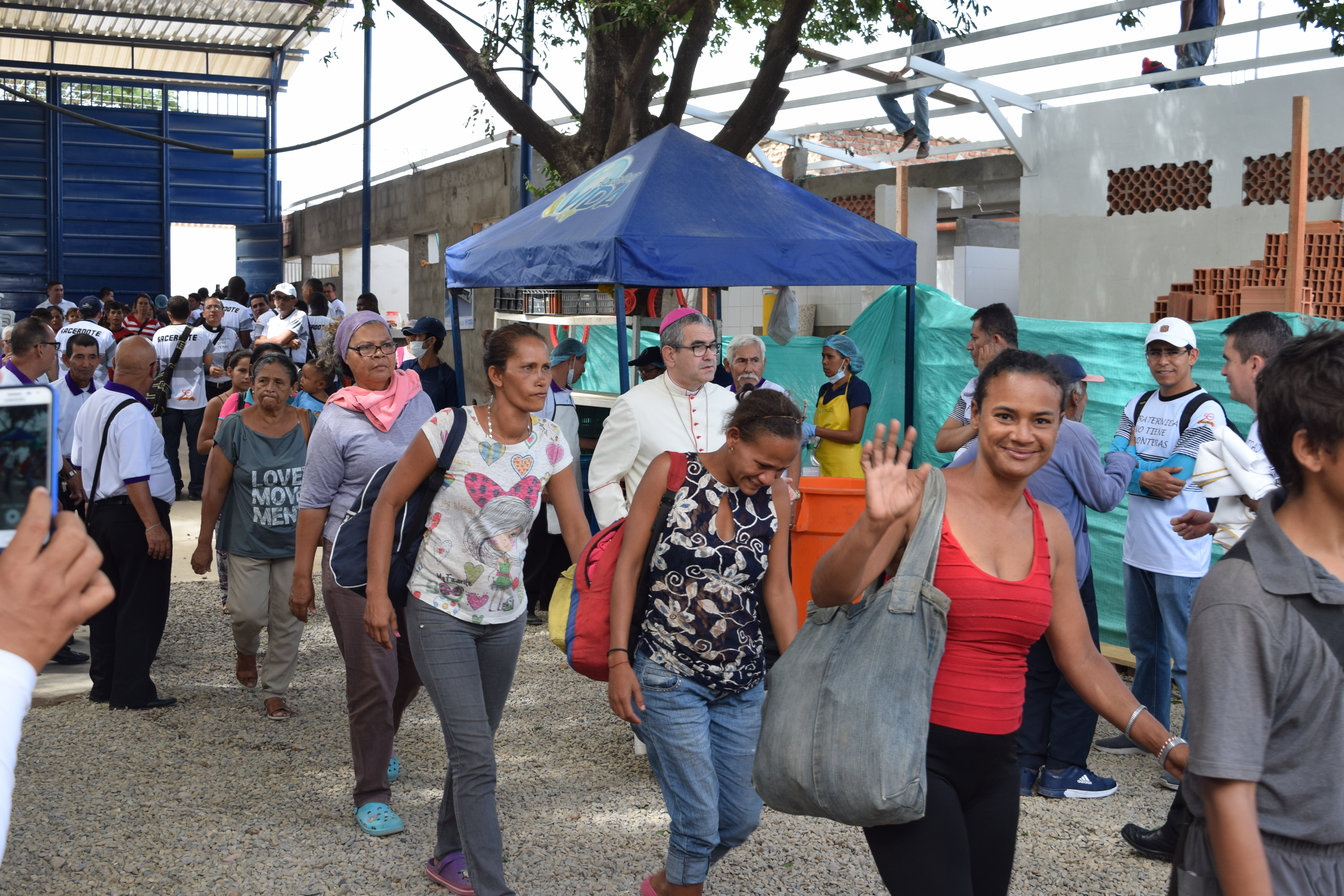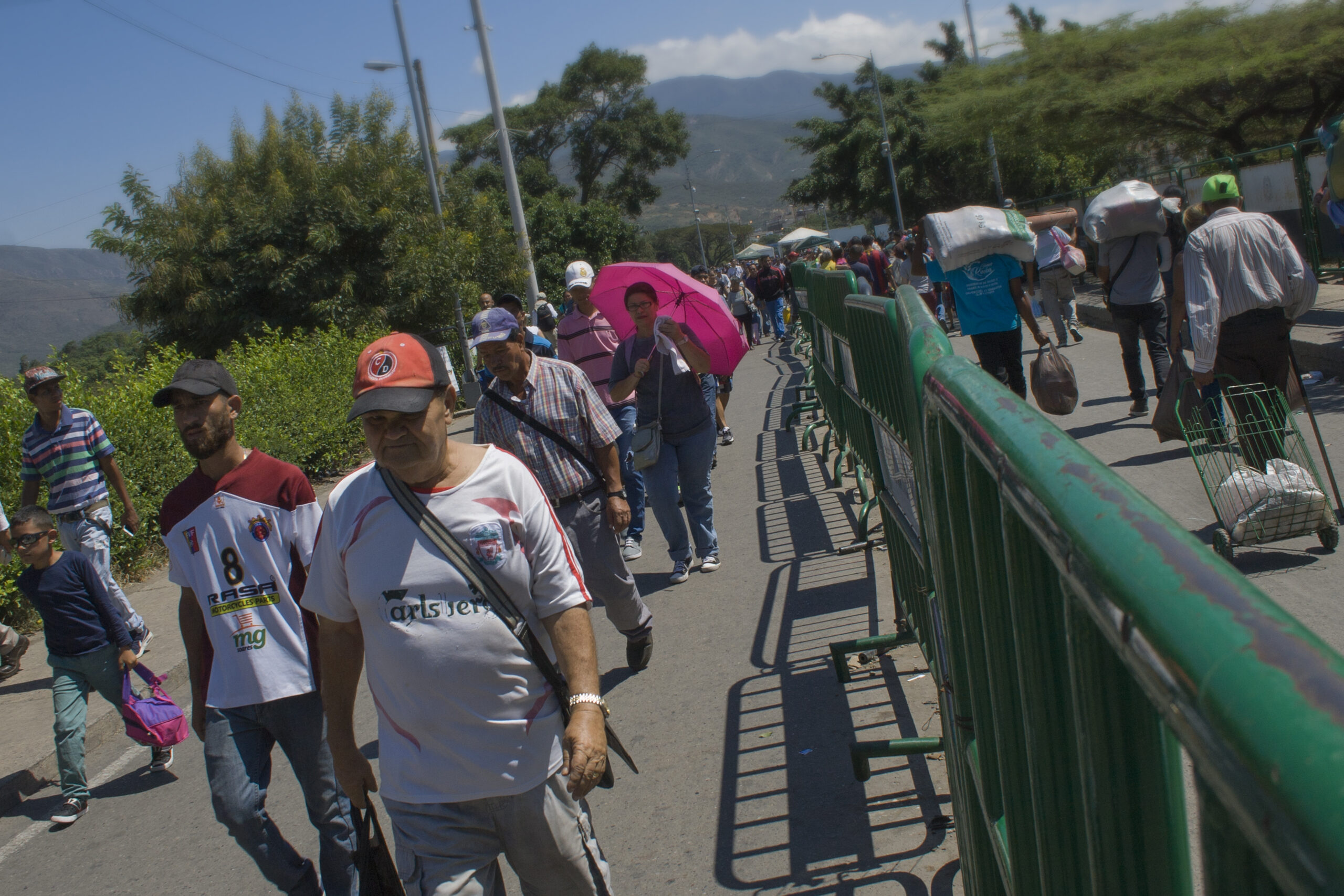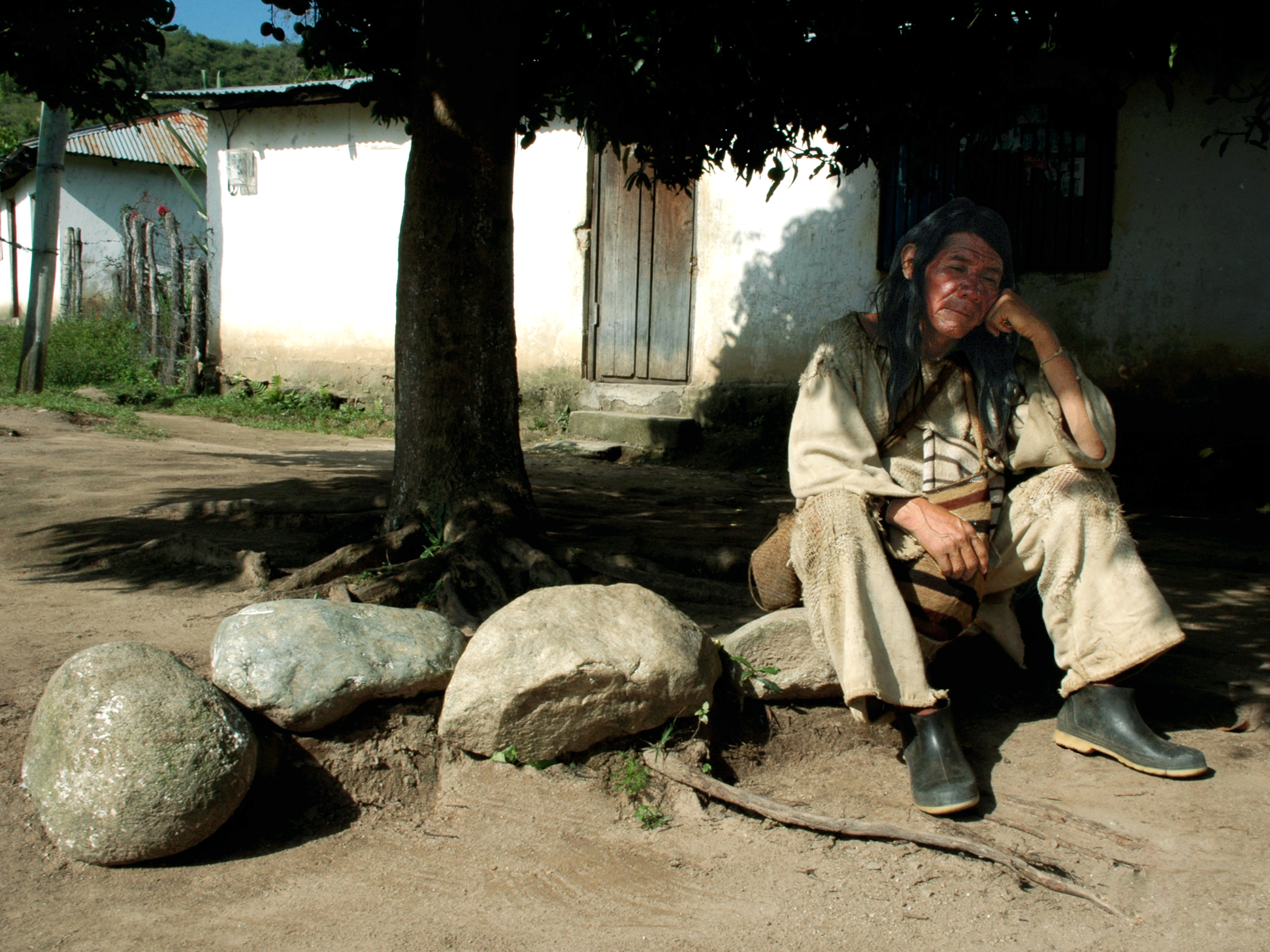A general context
The European Union, together with the United States of America and other Western countries, have become migratory destinations for a large number of people who decide to migrate in search of better living conditions. Women represent in this regard a little more than half of the more than 80 million people who move to European countries, according to data from the Department of Economic and Social Affairs of the United Nations.
However, it should be taken under consideration that only about 30 million people were going specifically to EU countries, and they in turn came from non-EU countries. So, we have a large proportion of people, including women, migrating legally and safely. Therefore, it is unfortunate that this is not the case for all women who migrate.
Although migration to the European Union has been mainly male, it began to become more female dominated in the 1970s. By the 1990s, women were increasingly migrating independently and with their own migration project, rather than as part of family reunification requests1.
Despite the fact that foreign women have been incorporated into the labor market since the first waves of post-war migration, immigrant women are still portrayed as low-skilled and engaged in housework, when the reality is often quite different. In countries belonging to the Organization for Economic Cooperation and Development (OECD), immigrant women with university degrees represent only three percentage points less than immigrant men. In some countries, the proportion of migrant women with university degrees is even higher than that of native women2.
Risks of migratory displacement
While it is known that a large part of the migration of women to the European Union is managed, conducted legally, and often encouraged by the receiving countries themselves, other women enter illegally, taking enormous risks to their lives and personal integrity.
As migration control policies become stricter, the risks of illegal entry increase enormously. Let us remember that those who move to the European Union in this way must do so through very complex geographies. Whether crossing the Mediterranean Sea or overland routes affected by the recent conflicts in the Middle East and North Africa, everyone runs great risks to reach their destination, even more so if they are women. Of particular concern is the Central Mediterranean route involving a passage through Libya, a country currently in the midst of a war, where migrants are often enslaved and used as legal tender, as has been reported in recent years.
In the particular case of women, it is known that many of them end up being victims of human trafficking networks, so that their arrival in European territory may be the beginning of an experience of enslavement, in this case of a sexual nature, a situation from which it is difficult to escape, at least in the short term. It is known that in the European Union, 71% of the victims of trafficking are women. Also, the most common form of trafficking in women is prostitution, 66% according to some sources, followed by labor exploitation3.
Labor market insertion of women
Migrant women tend to have the most difficulty in obtaining formal employment in European Union countries, which places them in a situation of greater vulnerability compared to male migrants and to any other category of people. In addition, the crisis generated by Covid-19 has manifested itself most strongly in immigrant women. It is known that the unemployment rate of this group in Spain is double that of native female workers. According to the Labour Force Survey, the unemployment rate for foreign or dual nationality women, who were generally employed in the service sector, was 29.4% at the end of 2020. This means that approximately half of the immigrant women in Spain lost their jobs. It should be noted that native women workers in that country had an unemployment rate of 15.7% in the same study.4.
However, the critical situation generated by the coronavirus only reinforced an earlier trend: migrant and refugee women have much more trouble finding a job in Europe, according to a study conducted in Spain, Italy, Austria and Greece in 20195[4].
In the case of France, by 2017 there were 7.9 million immigrants, with women accounting for 51.8% of the total. Although this situation of female majority had been observed at least since 2008, it was not until 2014 that measures were taken to favor female employment in that country. However, it has been said that the limitations to improving the labor market insertion of women lie in language proficiency, ways of accessing employment and exposure to different forms of violence6[1].
The situation is somewhat better for those women who enter European territory through family reunification. Although they are not exempt from suffering from social exclusion and discrimination, they can at least take refuge in the family and community networks previously established, which seem to have been key to overcoming the difficulties derived from the Covid-19 pandemic.
With regard to the migration of women, it should be noted that the situations described above contrast with the conditions for women from EU countries to migrate to other countries also belonging to the bloc. In these cases, women’s migration is safe and probably more profitable in terms of social inclusion, personal development and the full enjoyment of human rights. One issue that gives many advantages to women from countries of the bloc is the ease of recognition of academic degrees, while migrant women face the non-recognition of their degrees, so that they must occupy positions below their abilities7 [1], or occupy positions in line with their abilities, but with lower salaries.
Women left behind
As migratory movements become longer and costlier, and the inclusion of immigrants in the labor market becomes more difficult, the women left behind must wait much longer to receive the longed-for assistance in the form of family remittances. Certainly, there are many known experiences of people, including women, who arrive in the country of migratory destination after several years. This situation is common to people moving from Africa, as well as those coming from different regions of Asia, from the Middle East to Southeast Asia. Others are less fortunate and do not make it to their destination alive.
In any case, this means that family members left behind in the countries of origin, often women, have little or no chance of receiving any help from their migrant relatives via remittances, which adds to the fact that they are no longer around to help in any other way.
Thus, the obstacles placed in the way of illegal immigration also increase the difficulties faced by family members in the countries of origin, especially women, the elderly and children.
As long as such difficulties continue over time, once they are old enough, it is likely that other young people will attempt to migrate, reproducing the dynamics of irregular immigration in Europe.
References
1 Available at: https://epale.ec.europa.eu/es/blog/linsertion-professionnelle-des-femmes-migrantes-en-france
2 Available at: https://www.sacialwatch.org/es/node/11612
3 Available at: http://www.elperiodico.com/es/cuaderno/20200322/inefiCAR-İucha-trafico-mujeres-7697673
4 Available at: https://www.lavanguardia.com/economia/20210214/6246258/trabajadoras- inmigrantes-perdedoras-crisis-covid-coronavirus.html
5 Availabe at: https://www.lavanguardia.com/economia/20210214/6246258/trabajadoras- inmigrantes-perdedoras-crisis-covid-coronavirus.html
6 Available at: https://epale.ec.europa.eu/es/blog/linsertion-professionnelle-des-femmes-migrantes-en-france
7 Available at: https://epale.ec.europa.eu/es/blog/linsertion-professionnelle-des-femmes-migrantes-en-france








